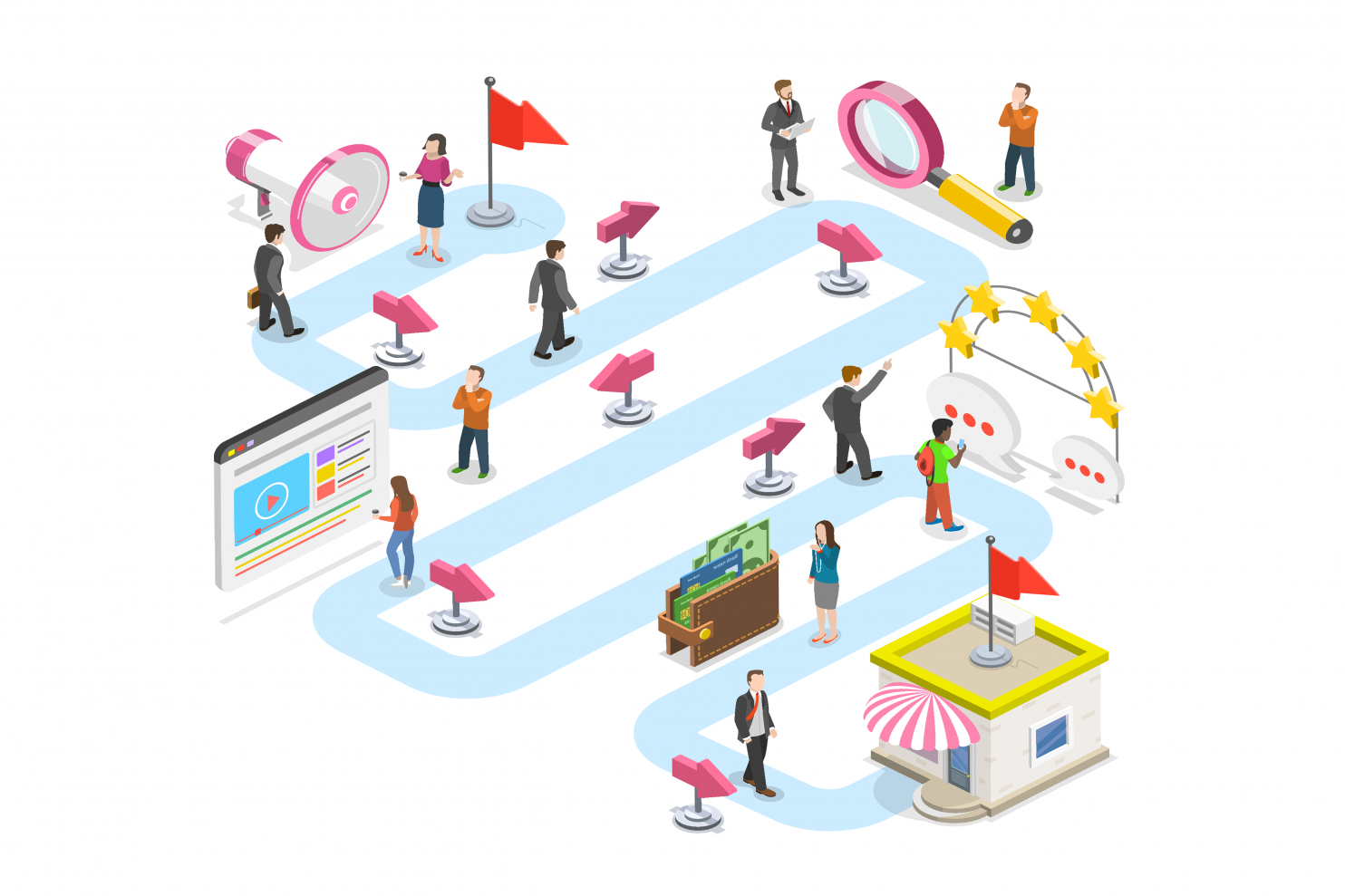It amazes me how so many companies still lose sight of their customers – not just who they are, but what they want and how they want it. In the past, it was possible, albeit undesirable, for some parts of your business process not to be optimized around your customer. But in today’s business world, losing sight of your customer and not orienting every related business process to delighting them is deadly. At each interaction, whether it is on a self-service portal or a phone call with a customer care representative, your customer should not just have their issue or transaction addressed, or their question answered, but they should leave that experience looking forward to the next time. They should feel as though they have spoken with a friend, that they can’t wait to talk to again.
Is this possible? Today, more than ever, the answer is “YES!”
Forward-thinking companies must provide multi-channel engagement. That is to say, they must meet customers where they are, and engage with them how they want to be engaged with. Everything from online chat to text should be available if appropriate for your industry. Not all industries will, or even should use all channels, but they should consider and apply what makes sense for their unique customer base. It all depends upon how your customers want to engage.
It is interesting to examine the demographics of engagement. Millennials and even some Gen-Xers will almost always prefer a self-service portal, or texting and online chatting. In a Forbes magazine article in May of 20171, research showed that 68% of millennials indicated they “texted a lot” each day. Gen-Xers indicated the same at a rate of 47%. Do they have to get on the phone? Only if there’s no other choice, and then “it better be great.” In other words, the customer thinks: they better know me, I shouldn’t have to repeat what I already did online, and it better be completed fast. Talk with a baby boomer, and you’re likely to find they prefer real human interaction by phone or email. But the expectations of efficiency, expediency, and personalization are the same. In either case, not having the appropriate system of engagement or intelligence built into that channel of engagement reduces the level of satisfaction with that customer.
1 Forbes, Phone Calls, Texts Or Email? Here’s How Millennials Prefer To Communicate, Larry Alton, May 11, 2017
The transformation process of your enterprise applications and systems must be focused on your customers’ journey and experience. In the State of the Industry–Content Services study by Association for Information and Image Management (AIIM) in 2019, the top 3 digital transformation priorities of companies today are: IT Processes (58%), Information Governance (42%), and Customer Service and Experience (39%). Tearing down “silos of information” and ensuring that at each touchpoint and interaction, your relationship with your customer is available and readily accessible, is critical. Self-service portals must be easy to navigate and offer the ability to not only access historical information, such as documents and claims status, but quickly instantiate new requests, open a new policy, or get a new quote by chatting with an agent.
At the same time, when a sales or service representative speaks with a customer, they should have at their fingertips information about that customer that represents their entire relationship with them. Customer Relationship Manager (CRM) tools like Salesforce or Microsoft Dynamics must have access to systems you’ve invested in like Enterprise Content Management (ECM) repositories, workflow applications, or database applications. Further, your representatives should be able to interact with those systems; updating documents and metadata, starting a new claim workflow, or updating information in the Enterprise Resource Planning (ERP) or Accounts Payable (AP) system. The process must be quick, efficient, and in real-time. That’s what your customers expect.
Intellective Unity and Unity for Salesforce products help companies transform their operations and customers’ journeys. Unity provides the general purpose portal for customers and constituents as well as users, while Unity for Salesforce empowers CRM users with content, workflow, and data from across the enterprise. Both of these products empower organizations to transform their customer experience and journey through the ease of enterprise information access, increased security, and better governance.

